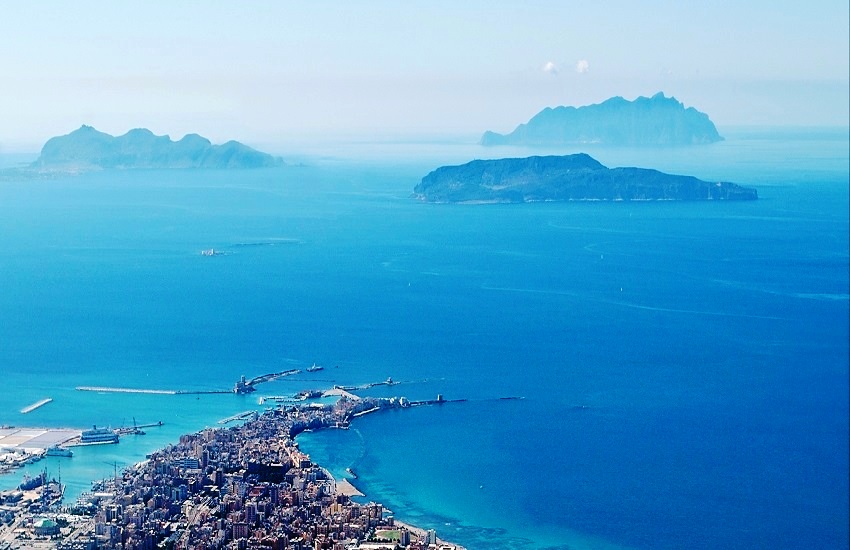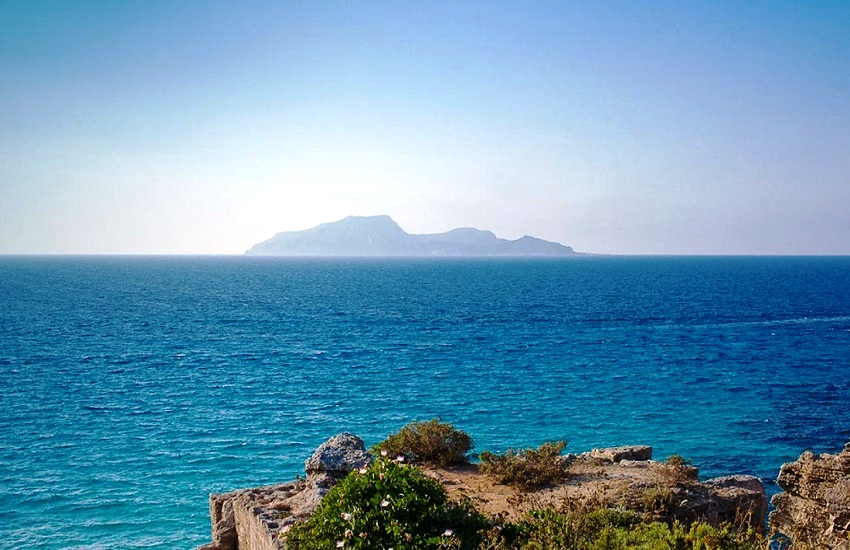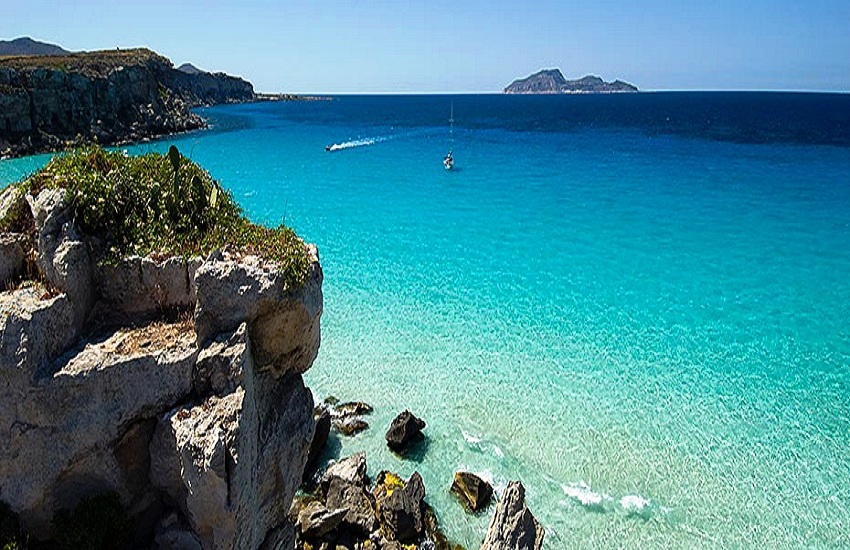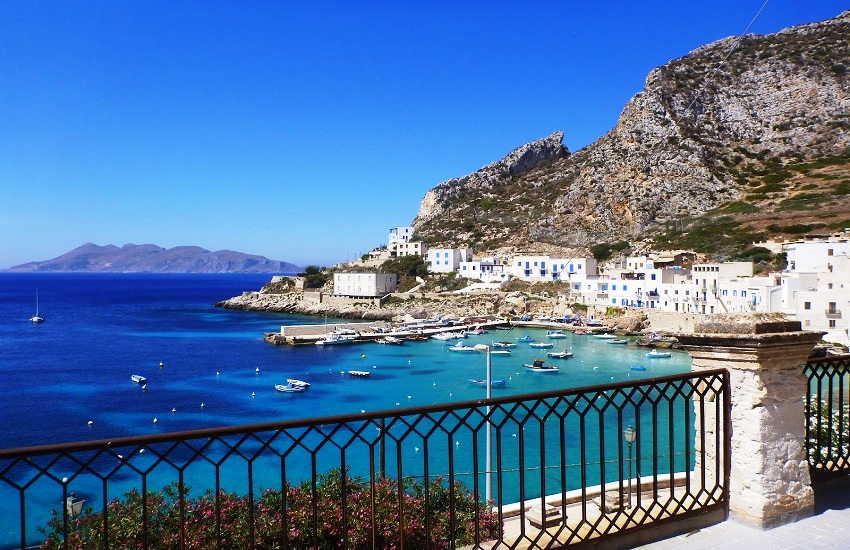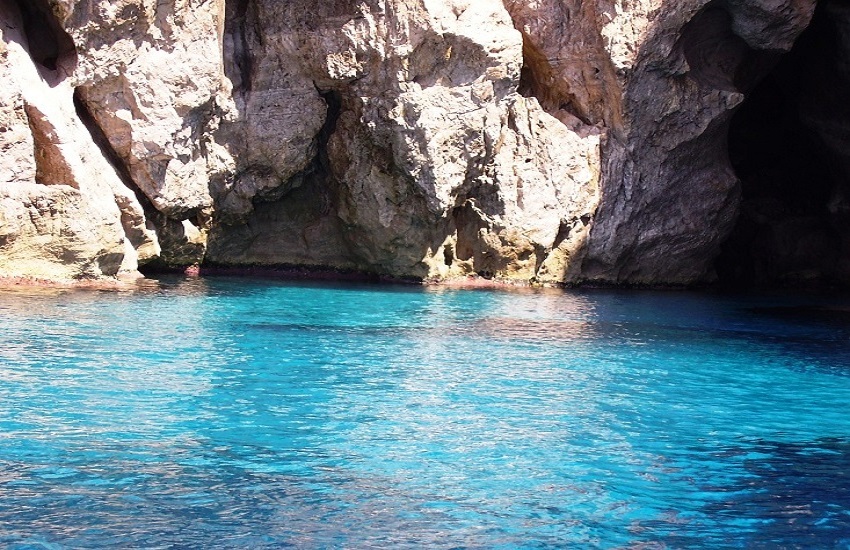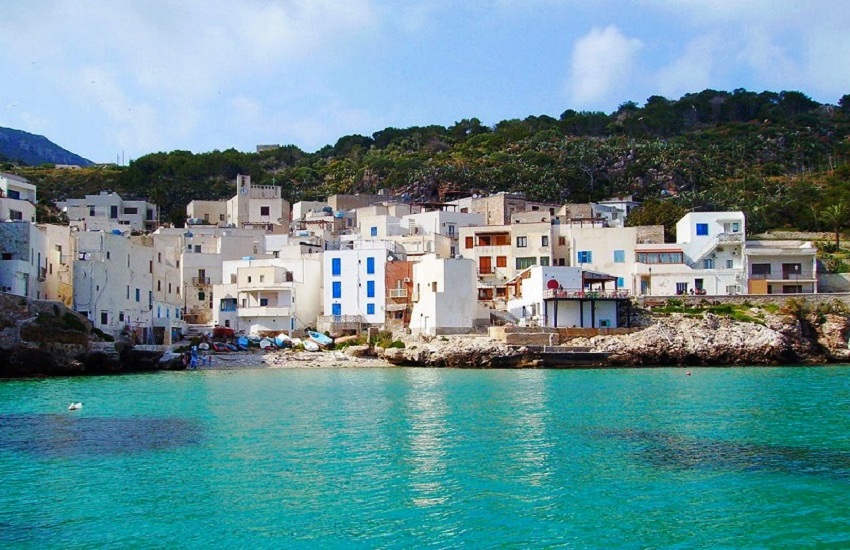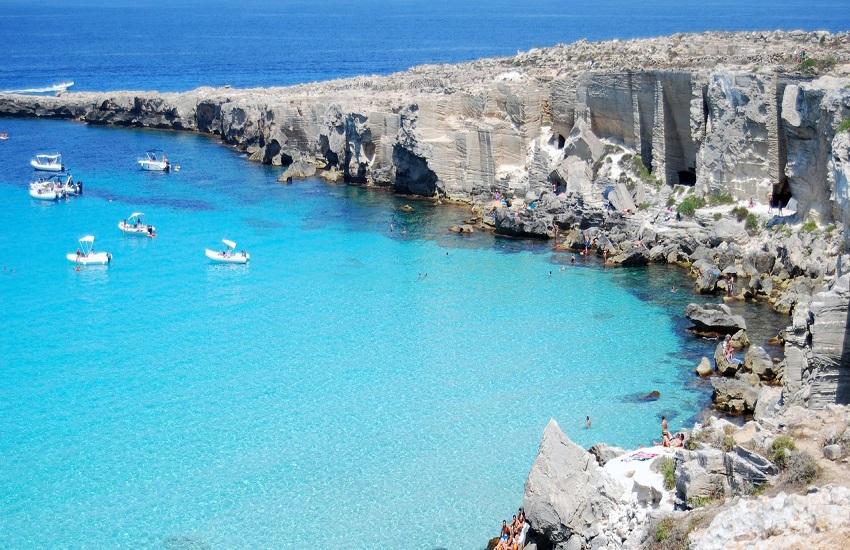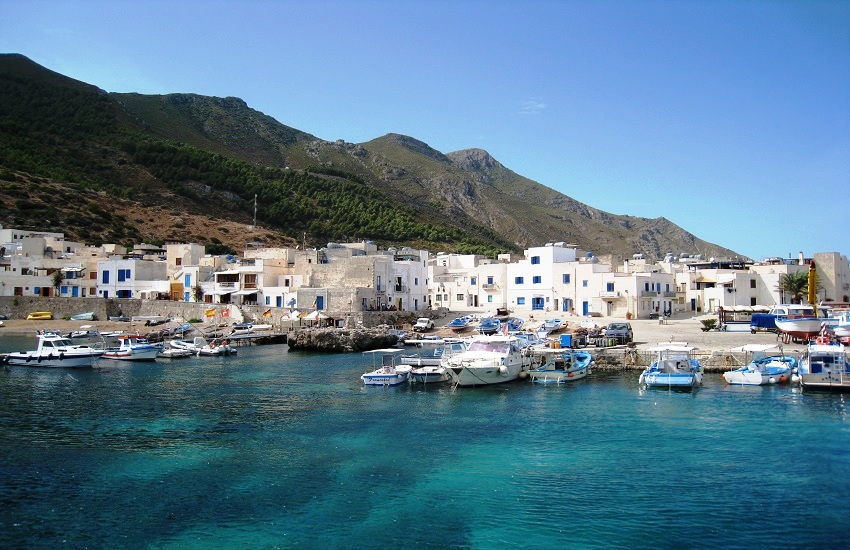Egadi Islands
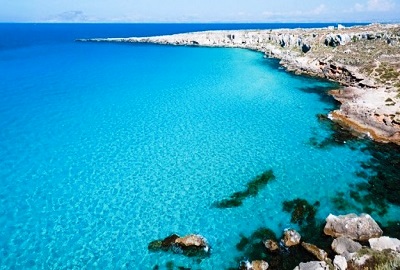
The Egadi Islands, in front of the west coast of Sicily, is formed by the islands of Favignana, Levanzo, Maritime and the Ant and Maraone islets. The beautiful waters surrounding the islands, rich in flora and fauna but also of archaeological finds, the pristine waters and beautiful coastline and wild make it a little paradise on earth, protected by the Marine Protected Area of the Egadi Islands which makes it the most extensive marine reserve in Europe. magical backdrops and stunning coves, clear water rich in history, small reliefs, bays mysterious caves as well as the incredible variety of the seabed and marine species that inhabit them, make the reserve a unique destination and irresistible charm. The backdrops made magical by the sun’s rays, are covered with meadows of Posidonia and rich in marine species, inhabitants of a fascinating underwater world. Do not miss the seabed of Punta Bassana at Maritime, or the charm of the Secca del Toro walls, Favignana. The geographical location of the islands, a strategic hub of the past, has made the area particularly rich in archaeological remains. Among the crystalline waters lurk underwater wrecks and ancient merchants and pirates boats. There are also many artifacts that date back to the prehistoric period and the rock carvings that adorn the walls of caves and inlets. In the depths of Cala Minnola at cance, including an encounter among the fascinating relics of an ancient Roman ship and browse through its cargo of amphorae, while Grosso Cape are still visible several stone anchors and lead. Favignana is the largest of the islands and is considered the pearl of Egadi. golden sands, majestic cliffs and hospitable coves make the scenic island suitable for all holiday needs.
Favignana is the largest island of the Egadi Islands, located about 9 miles from Trapani, owes its name to the wind Favonius. Its shape resembles a butterfly with outspread wings, are the two plains, one called the Bosco lying to the west and the other called the Plain stretched east to Sicily. At the center of the massive body made up of the mountain that culminates with the peak St. Catherine (302 meters above sea level) on which is located the eponymous castello.Da always at the center of the Mediterranean Sea was a strategic point for all people coming onto this sea and that its dominance clashed in epic battles. The best known of these is the one that in 241 BC contrasted the Phoenicians to the Romans, took place in the sea facing the island and was decisive for the fate of the first Punic war, the myth says that the body of water in which it took place, it became red for the blood shed by the fighters and was since then it was given the name of Cala Rossa to the bay in front of which combatte.Oggi the island with beaches, cliffs, beautiful coves and pristine beach is a popular tourist destination, combining the new with the ‘ancient, putting together the many tourist activities with the traditions of a country that has always lived by the sea, and in particular the activities related to tuna fishing, where every year in the period from April to July renews the tradition of tuna and massacre, tuna fishing, very exciting and spectacular, a bloody ritual, spasmodic, but incredible charm. Death is not an end in itself show is fighting for the survival of fishermen and their families. Hike definitely to do to learn about another ancient but living tradition, is to open quarries for l ‘extraction of tufa, fatigue tradition, the islanders exorcise boasting of the fact, that with the stones of their island have built many of the most beautiful Sicilian dwellings.
Marettimo is perfect destination for every type of tourist, scouts cave enthusiasts, aficionados of the sea, the lovers of underwater exploration, the lovers of archeology and in general all those who wish to get away from the noise and smog of the city, to plunge in an unspoiled paradise. The island of Marettimo can be considered one of the last paradises of the few remaining pristine marine locations. It is not easy to describe the beauty, the idyllic peace that reigns there, the importance of archaeological natural treasures that it will reign. The almost total absence of cars and all the noises that accompany us in the big cities, makes life in a quiet and serene country. It land at the airport again and immediately gives the impression of being overwhelmed by the mountain, looming and majestic. But it is the old airport, on the opposite side, the true harbor of Marettimo fishermen. Hence bringing the gaze to the north you can see Punta Troia who proudly juts out into the sea with its Castle, built by the Spanish in the seventeenth century. Continuing to Punta Troia and passed the headland, another stop at the grotto of Thunder, in the northern coast of the island ending tip Mugnone. From here it begins the fantastic scenery of the west coast: high rocks, dolomite, perched on a transparent sea of a deep turquoise, beautiful caves, now intense colors now faded depending on the play of light created by the sun’s rays against the rocky walls and water surface. Continuing on this side of the island you reach the wonderful “Perciata” cave, full of stalactites, stalagmites, and calcareous deposits in the “Nativity grotto” have created figures that resemble the characters of the nativity. Finally we come to the grotto of the “bomb” which takes its name from the explosions that produces there the swell. After Punta Libeccio is dry of “Cretazzo”, diving ideal place for lovers of underwater photography for the lush flora and abundant wildlife. The depths are less than one meter and you can find moray eels, conger eels, grouper, amberjack, sea bream and many other types of fish. still following the coast you come to Punta Bassana whose seabed is rich in seagrass, sponges, lobsters, snapper, etc .. Continuing the circumnavigation, you reach Cala Marino where you can see some small beaches before arriving to the country.
Levanzo It has the shape of a triangle. His “old town” lies, a mo ‘nativity scene, on the shore of Cala Dogana and on top you can admire the remains of an ancient Saracen watchtower. No less important, however, with regard to the attractions of the island, its flora, in fact, despite the island is not rich in fresh water, there may be found about 460 kinds of plants, of which a really typical ten of the territory. During the wet season (late autumn, winter) are not lacking big and tasty mushrooms. The island is not big and this makes her valuable. Suffice it to say that the perimeter of the coastline measures 15 km. Approximately, and its surface area is 5.82 square kilometers. Its inhabitants until the early 1800s adibivano to the island’s caves dwelling. The real country assumed such an appearance around 1850 with the blessing of the Church in the midst of the village. Before that it existed, situated on the plateau, in a warehouse of the Pallavicino Baron, for which they felt a rent from the Government. Levanzo is the smallest of the Aegadian islands, thanks to the mainly mountainous nature and to a limited human presence has saved several endemic plant species (about 400). The absence of rolling streets invites visitors to hiking trails through not difficult and of great charm; It can, without great difficulty, reach, following the west side, the Grotta del Genovese, meeting many of the vegetable expressions of the island with strong wild flavor. Graffiti of the Genovese cave, dating to 9200 BC , Witness of a community dedicated to hunting and already at the Tuna Fishing, united in tribal ties by magical rituals. By entering the cave and slowly getting used to the dark one it is overwhelmed by the charm that the reproduction of stylized dancers and symbolic produces. The supranational importance of Levanzo archaeological heritage certainly worth a visit. From the slopes of “Pizzo del Monaco” you can reach Cala Tramontana, one of the most beautiful island of the color of the rock, the transparent sea, the flora and fauna. Beyond the Cala Dogana, which overlooks the charming village, do not miss a bath in Cala Minnola.

